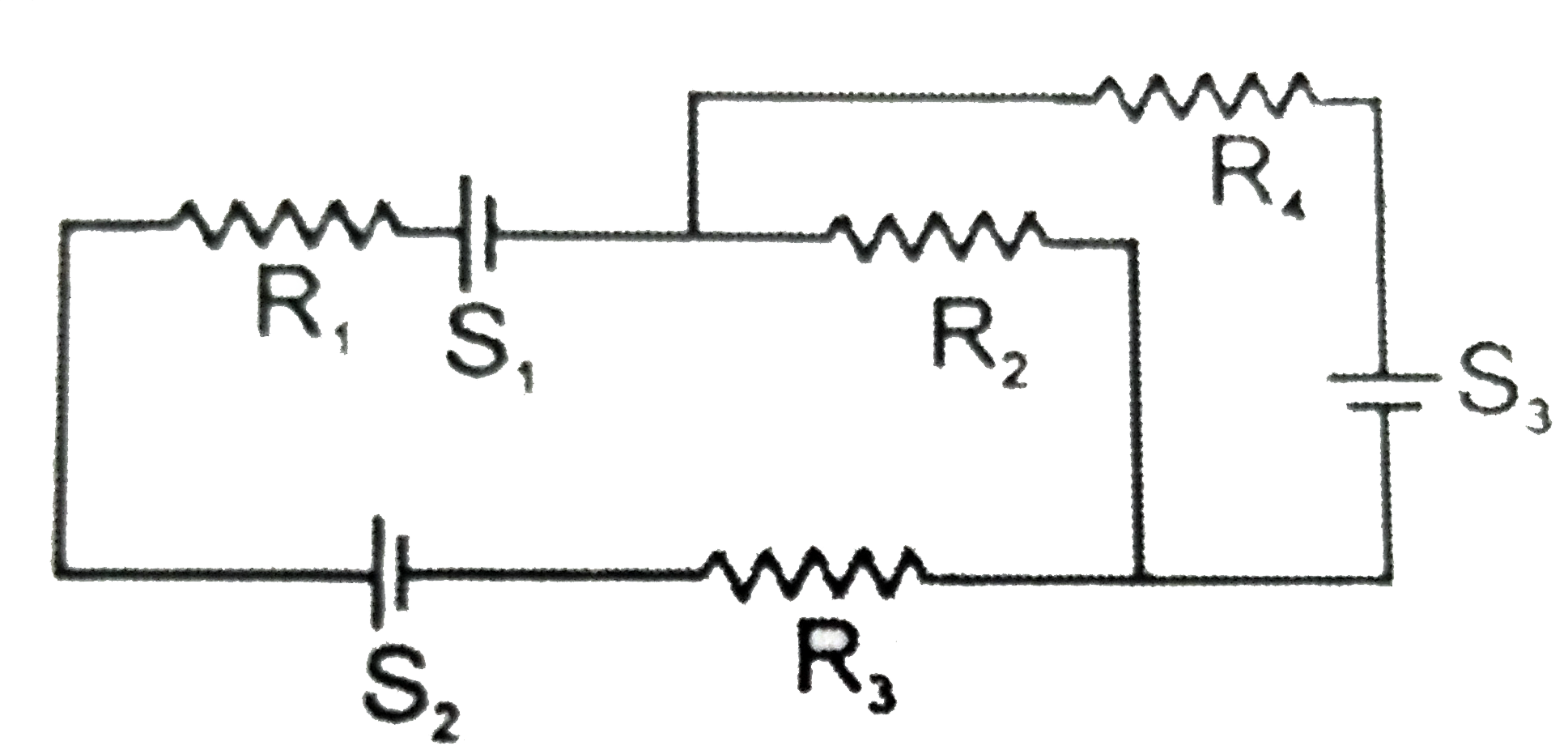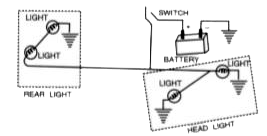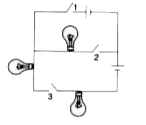How should the electric lamps in a building be connected ?
Step-by-Step Text Solution:
1. Understanding the Connection Types:
- There are two main ways to connect electric lamps: in series and in parallel. In a series connection, the current flows through each lamp one after the other, while in a parallel connection, each lamp is connected directly to the power source.
2. Advantages of Parallel Connection:
- When lamps are connected in parallel, they all receive the same voltage. This means that each lamp can operate independently. If one lamp fails (for example, if it fuses), the others will continue to work. This is a significant advantage in a building where consistent lighting is necessary.
3. Voltage Consistency:
- In a parallel connection, the voltage across each lamp remains the same as the supply voltage. This ensures that all lamps can operate at their rated voltage, providing optimal brightness and performance.
4. Ease of Replacement:
- If a lamp needs to be replaced or repaired, it can be done without affecting the operation of the other lamps. This is particularly beneficial in a building setting where multiple lamps are used, as it minimizes inconvenience.
5. Conclusion:
- Therefore, the best way to connect electric lamps in a building is in parallel. This configuration ensures that all lamps function effectively and can be maintained easily.
- There are two main ways to connect electric lamps: in series and in parallel. In a series connection, the current flows through each lamp one after the other, while in a parallel connection, each lamp is connected directly to the power source.
- When lamps are connected in parallel, they all receive the same voltage. This means that each lamp can operate independently. If one lamp fails (for example, if it fuses), the others will continue to work. This is a significant advantage in a building where consistent lighting is necessary.
- In a parallel connection, the voltage across each lamp remains the same as the supply voltage. This ensures that all lamps can operate at their rated voltage, providing optimal brightness and performance.
- If a lamp needs to be replaced or repaired, it can be done without affecting the operation of the other lamps. This is particularly beneficial in a building setting where multiple lamps are used, as it minimizes inconvenience.
- Therefore, the best way to connect electric lamps in a building is in parallel. This configuration ensures that all lamps function effectively and can be maintained easily.
Topper's Solved these Questions
Similar Questions
Knowledge Check
The electrical appliances in a house are connected in:
AseriesBparallelCeither in series or parallelDboth in series and parallel.
A 30V, 40 w lamp is to be operated on a 120 V DC lines. For proper glows, how much resistance in Ω should be connected in series with the lamp?
View Solution6 men can complete the electric fitting in a building in 7 days. How many days will it take if 21 men do the job?
View SolutionA power circuit uses a cable having three different wires.
Between which of the two wires should the heating element of an electric geyser be connected ?
View SolutionWhich electrical elements are connected in series ?

View SolutionThe diagram in Fig. shows the electrical system of a car to operate the two head lights and two rear lights by a switch.
shows a connection to the body of the car.

The two rear lights as connected in diagram glow faintly. Why do they glow faintly? How should they be connected to glow brightly ? Show by a separate diagram.
View SolutionSTATEMENT-1: When a body is connected to earth, all its charge flows to earth and it becomes electrically neutral. Because
STATEMENT-2: Electric potential of earth is zero so the electric potential of body should also become zero.
View SolutionThe diagram in Fig. shows three lamps and three switches 1, 2 and 3 connected with two cells.
How are then the lamps connected : in series or in parallel ?

View Solution
